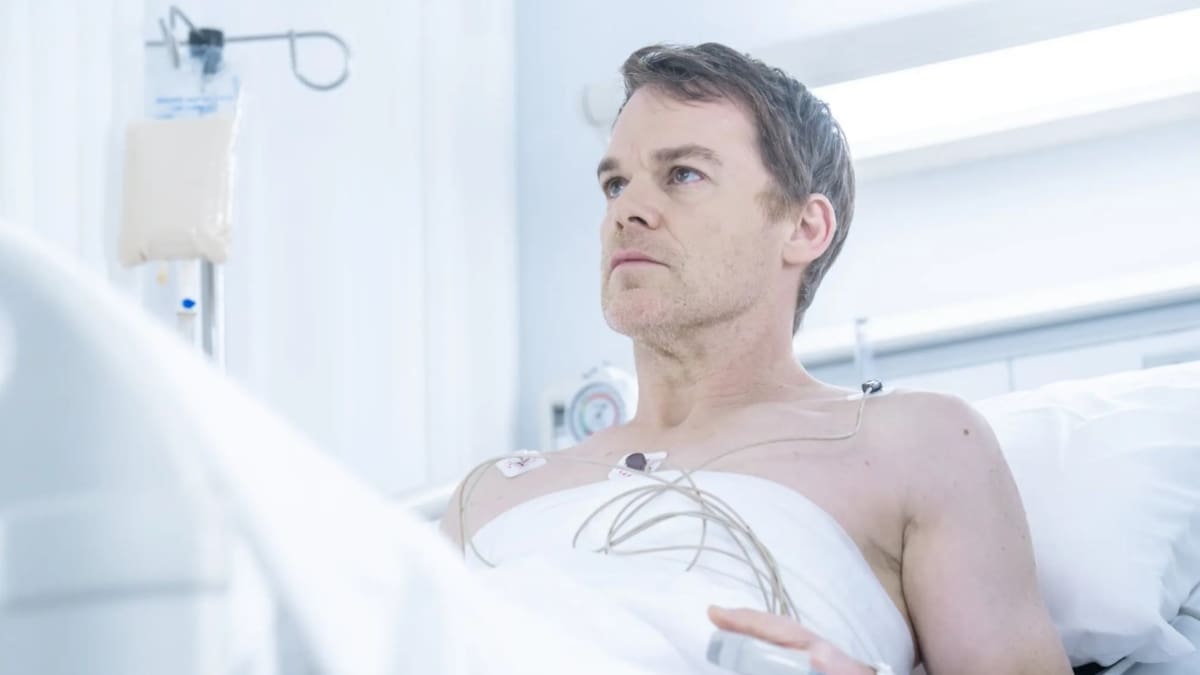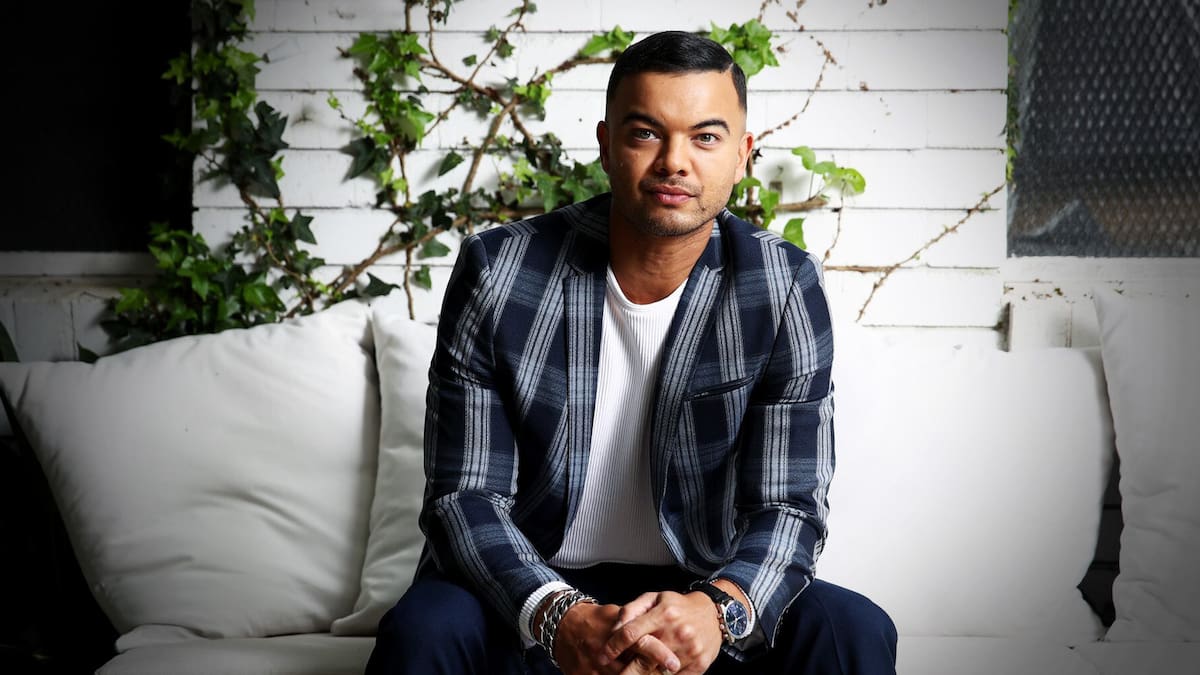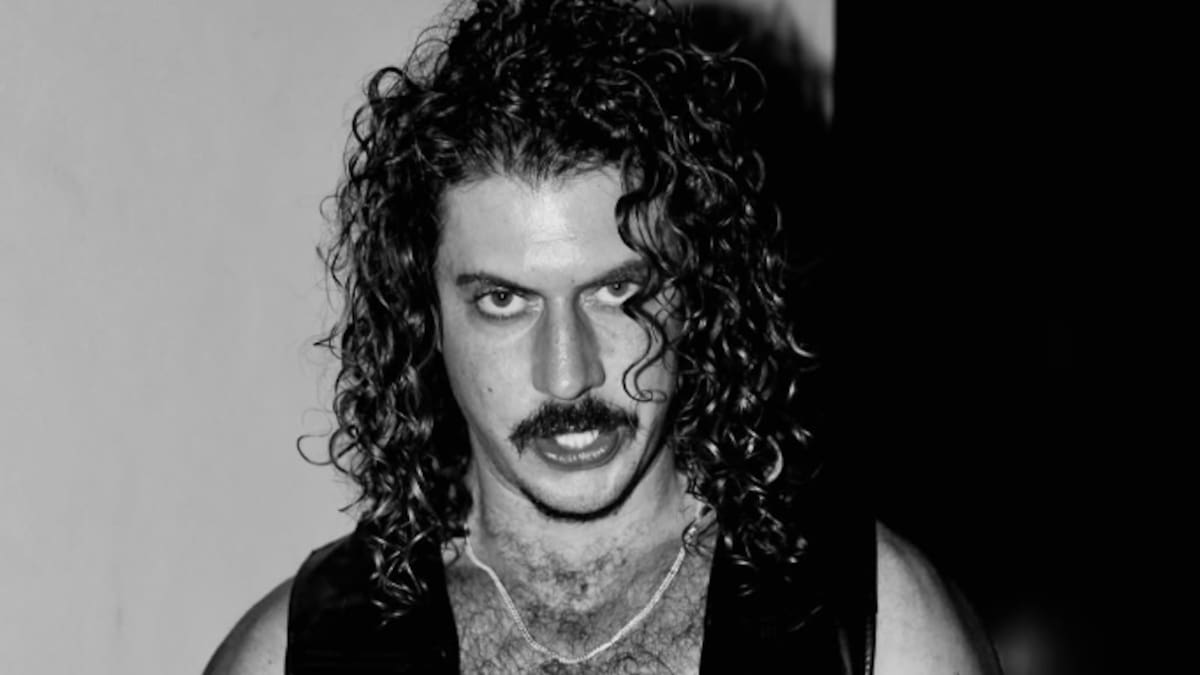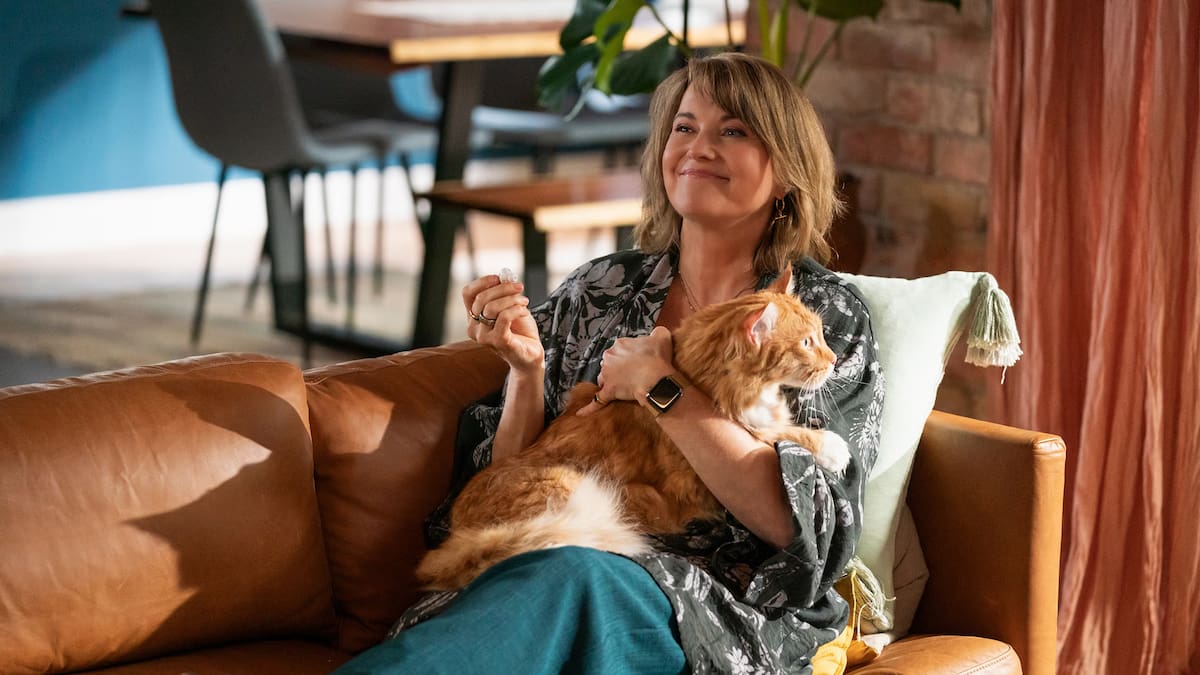But while that proliferation has since slowed, with networks and streamers now releasing fewer scripted series than they did several years ago, brand extension mania has only intensified. Until fairly recently, franchises were the small-screen purview of procedurals, unscripted series, Star Trek and the occasional Norman Lear sitcom. Now the impulse toward world building extends to even prestige or prestige-adjacent dramas.
It is easy enough to imagine a Dexter of past decades justifying a spinoff or a remake. But not three of them. And three isn’t even a lot any more.
Power, the glitzy crime series, has spawned three spinoffs across multiple timelines, with more to come. Two Yellowstone spinoffs aired before the series wrapped last year; three more have been ordered. Game of Thrones has one spinoff on the air (House of the Dragon), one in production (A Knight of the Seven Kingdoms) and several more in development.
Why are there so many? Even in the post-peak era, “consumers are absolutely overwhelmed with too much of everything,” John Landgraf, the chair of FX networks, said. “Something that has some kind of presold awareness or affinity takes on more value in those circumstances.” (While FX does not often do spinoffs, it has produced several shows based on preexisting properties, including Fargo, What We Do in the Shadows and the upcoming Alien: Earth.)
Executives and showrunners insist serial propagation is the organic result of creative impulse and fan hunger rather than strictly a business strategy. “If you’re franchising something, it’s because it’s more than just a show to people,” said Alison Hoffman, the president of Starz networks, the home of franchises including Power and Outlander. (The prequel Outlander: Blood of My Blood arrives on Neon on August 9.)
Chris McCarthy, a Paramount co-CEO, who has greenlit Dexter and Yellowstone series extensions, went a step farther – and way back. “Franchises are our modern mythologies,” he wrote in an email. He compared their characters and worlds to those of Greek epics. “Like Homer’s The Iliad and The Odyssey, they endure through reinvention,” he said.
And yet the action on the Dexter: Resurrection set was not precisely a reinvention. More blood was being asked for – new blood deliberately engineered to match the old blood, while also appearing fresh. As long as there are viewers willing to tune in or click – and there are, New Blood became the most-watched series in Showtime’s history; Original Sin wasn’t far behind – the blood will keep circulating.

Shows don’t die like they used to. The zombie thriller, The Walking Dead, for example, has birthed six spinoffs, many web series and an unscripted show in which a star of the original, Norman Reedus, rides around on a motorbike. The original ended in 2022. The franchise lurches on.
“If you love these worlds, these characters, you want to keep telling the story,” said Scott M. Gimple, the chief content officer of The Walking Dead franchise. “And there are people who want you to tell it.”
The advantages of franchise expansion are obvious. These shows benefit from name recognition and a dedicated audience, as well as writers, producers and crew members already conversant with that audience’s expectations.
“You’re oriented when you have a franchise in a way that you might not be with something brand-new,” Hoffman said.
The safest approach is to offer an audience more of what they love. This is what Dexter: New Blood and Dexter: Resurrection largely provide. But to simply repeat the original risks devaluing it, and each was conceived as an improvement on the previous show.
The 2013 finale of Dexter was roundly condemned. New Blood was viewed by Hall and showrunner Clyde Phillips, who had left the original at the end of the fourth season, as a remedy. Trading sticky Miami for frigid upstate New York, the show reunited Dexter with the son he had last seen as a toddler and gave him a more persuasive and seemingly final send-off.

But even this wasn’t entirely satisfying – not for the fans who mourned the character’s death; or for Hall, who found that he missed the show; or for Phillips, who in the end thought the storytelling was a little flimsy. The prequel, Original Sin, was already in the works when Hall called and asked if there was a way to “un-kill” Dexter. Phillips had ideas. He would move the show again, this time to New York City. He would introduce new supporting characters while keeping around just a few of the old ones. Even Dexter, wounded, 50-something, is somewhat changed.
“He can’t be the Dexter we met at the beginning again,” Hall said on a video call. Yet fans don’t want him too different. “People do cherish his ability to survive, to get out of jams, to be resilient. And this is a sort of ultimate display of that.”
This encapsulates the paradox at the heart of any successful spinoff, the need to ensure both brand continuity and originality.
“That is the code you’re trying to crack,” said Sascha Penn, a writer on Power and showrunner of Power Book III: Raising Kanan. In Raising Kanan, Penn shifted the action back a few decades and traded a crime story for a family drama – admittedly, the family commits lots of crimes – while still retaining some of the themes and tone of Power.
The franchise fever shows few signs of breaking. It has pushed shows well beyond their natural life cycles and made it trickier to tell when and how stories should end.
“There comes a time when anybody knows it’s time to hang it up, but we’re not there yet,” Phillips said. Hall joked about Dexter one day eliminating the unsavoury members of his assisted-living facility.
“Though that is a horrifying thing to consider,” he said.
This article originally appeared in The New York Times.
Written by: Alexis Soloski
©2025 THE NEW YORK TIMES






